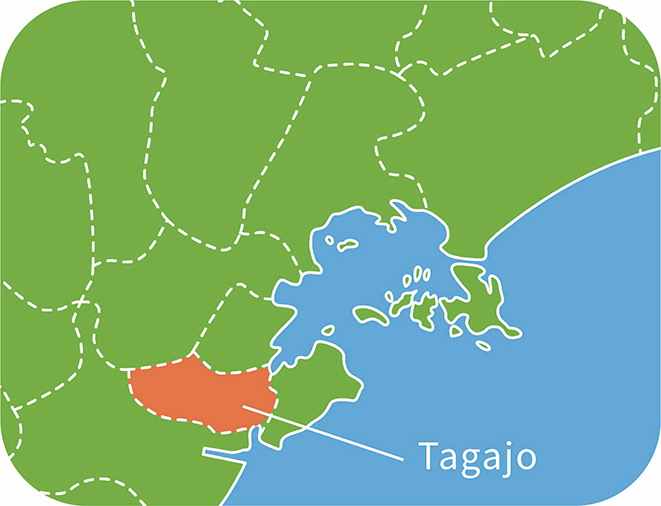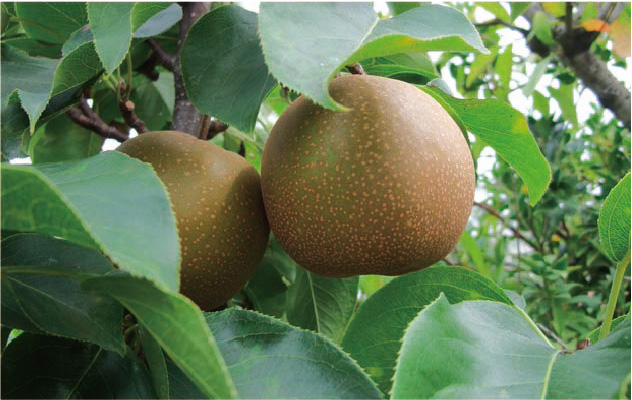
About Tagajo
Tagajo is home to the ruins of Tagajo Castle, one of the three most important historical sites in Japan, along with Heijo-kyo in Nara and Dazaifu in Fukuoka. The Tagajo Monument, one of the three oldest monuments in Japan and said to have been visited by Matsuo Basho along the ‘Narrow Road to the Deep North’, is designated as a national important cultural property.
Why not take a tour of the political center of ancient Tohoku region and experience the history for yourself?

















